
7 grasses for wet soil
Decorative varieties for heavy, cool or waterlogged soils
Contents
Among the plants suited to wet or waterlogged soils, many ornamental grasses and related species beautifully enhance the banks, stream edges, or even heavy or marshy, poorly drained areas. Whether low or taller, they adapt to living conditions that deter many other perennials. Sometimes valued for their decorative foliage, which can be solid or variegated, evergreen or deciduous, some also offer graceful inflorescences, especially as these perennial grasses often adopt a flexible habit that sways with the slightest breeze. In this selection, discover 7 decorative grasses perfectly at ease in areas where moisture reigns supreme!
Juncus inflexus (hard rush)
Juncus inflexus is a hardy perennial that reaches about fifty centimetres in height, with very fine evergreen stems. It adds a lovely verticality wherever it grows. Its semi-evergreen foliage is an original blue-green, topped in summer by small brown spikes. This ‘Gardener’s Rush’ has vigorous rootstocks that can stabilise wet banks, but it can also be quite invasive and spread beyond the boundaries you set for it. If you wish to keep it under control, plant it in a container, which can even be placed directly in a pond or a tub on a terrace. Extremely hardy, disease-resistant, and tolerant of salt spray, it requires only minimal annual maintenance. Preferring heavy, clay soils, it is not deterred by lime. To enjoy its beautiful glaucous hues, position it in full sun, or possibly in partial shade.

Juncus inflexus
Read also
Planting grassesCarex pendula (Pendulous sedge)
Member of a very large genus, Carex pendula is a large species. It reaches 1.2m in height, but can peak at 1.8m when in flower. This hardy perennial, related to grasses, features broad evergreen leaves that are dark green with bluish undersides, and adopts a graceful habit, resembling a fountain, which is further accentuated when it flowers in summer. Its long cylindrical spikes, brown in colour, hang along gracefully arching stems, earning it the name ‘Pendulous Sedge’. Commonly found in English gardens, its relaxed appearance suits natural and wild settings, but its foliage also blends well in more exotic arrangements. Very hardy, this Carex thrives in all exposures, in cool to moist soil, without too much lime, where it can self-seed. Use it at the forest edge, in woodlands, or to stabilise the banks of a water feature, where it provides year-round interest.
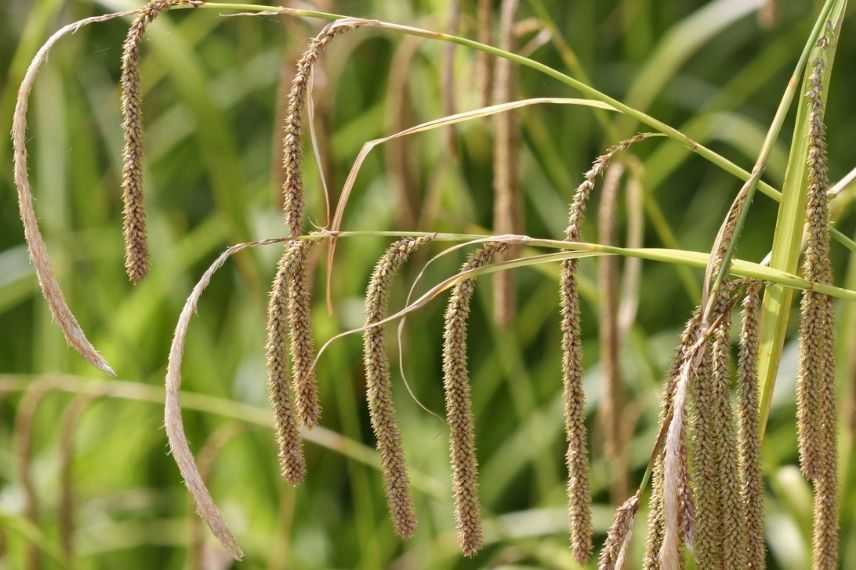
Carex pendula
Discover other Ornamental grasses
View all →Available in 0 sizes
Available in 1 sizes
Available in 0 sizes
Available in 0 sizes
Available in 1 sizes
Available in 0 sizes
Available in 1 sizes
Available in 1 sizes
Available in 1 sizes
Available in 2 sizes
Arundo donax ‘Variegata Versicolor’ (Variegated Giant reed)
Arundo donax ‘Variegata Versicolor’ is a giant ornamental grass, capable of creating a dense screen and up to 2.5m tall. Less vigorous than the species type, it is, however, more colourful and luminous. Its broad, long, and tapered foliage mixes different shades of green, white, cream, yellow, and silver. Flowering, in large fluffy panicles, is quite rare and only occurs after a hot summer. In terms of hardiness, it is also limited: the foliage disappears at -6°C, and the plant suffers if temperatures drop below -10°C for extended periods. Very decorative, this giant reed develops strong roots that, while spreading slightly less than the green-leaved variety, may still require some monitoring. Preferring cool, moist areas, it accepts all types of soil, including sandy, poor, and calcareous. In heavy soil, its hardiness is more uncertain. Provide it with a sunny to partially shaded position, at the back of a border, by a pond, or in a ditch, and it can also be welcomed in a large container on a terrace. Its bamboo-like appearance, graphic form, and strong presence shine in both wild and more modern landscaping.
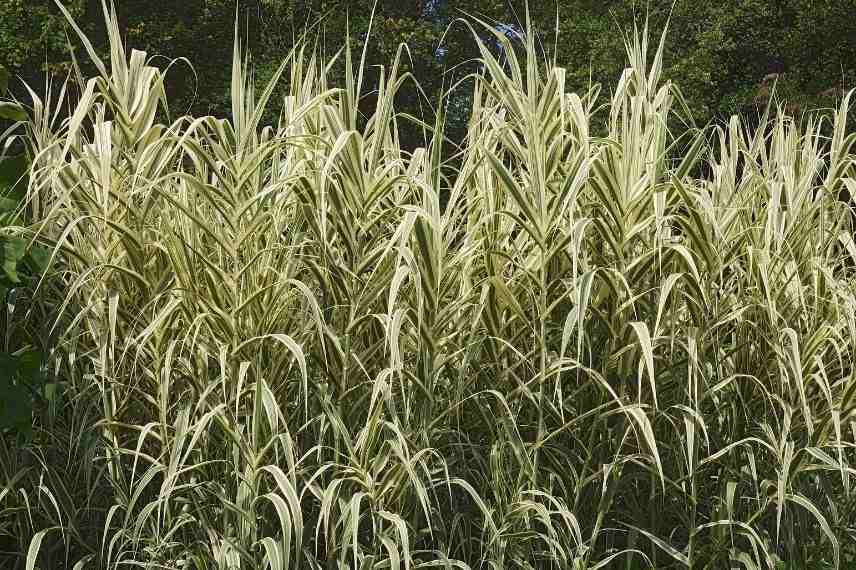
Arundo donax ‘Variegata Versicolor’
Milium effusum ‘Aureum’ (wood millet ‘Aureum’)
The Milium effusum ‘Aureum’ is a stunning perennial groundcover with broad, ribbon-like foliage that is undoubtedly one of the brightest among decorative grasses. Deciduous, it is initially a superb golden yellow in spring, then gradually turns to chartreuse green in summer. The plant forms a clump measuring 40 cm by 30 cm, with a languid and flexible habit. The flowering occurs in panicles of yellow-green spikelets in early spring, and it is valued for creating dried bouquets. With a relatively slow growth rate but being quite hardy, its colours are more vibrant in slightly cooler climates. To prevent it from entering dormancy in summer and to maintain its lovely presence, provide it with humus-bearing soil that remains cool to moist, in a shaded or partially shaded position, where it creates welcome points of light. Ideal for borders, and planted in multiples, ‘Golden Millet’ forms stunning carpets that accompany and enhance the flowering of its neighbours, such as bulbs, from spring through to autumn.
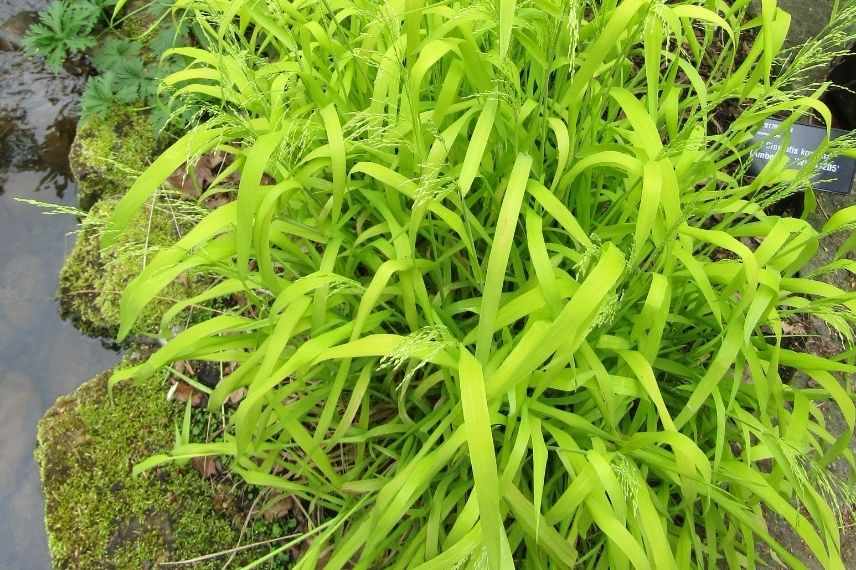
Milium effusum ‘Aureum’ (photo Leonara Enking – Flickr)
Acorus gramineus ‘Variegata’ (Variegatedender sweet flag)
Although not botanically a grass, Acorus gramineus ‘Variegata’ deserves a place in this selection. This ‘Japanese sweet flag’ is indeed cultivated for its dense, glossy gramineous foliage, a light green adorned with longitudinal cream stripes. Its light hues make it a bright and highly decorative perennial for partially shaded locations, which it particularly favours. Slow-growing, the plant eventually forms a dome about thirty centimetres in all directions, with a slightly open habit. The flowering, which is greenish, occurs in early summer, but it does not hold much decorative interest. Hesitating between the appearance of an iris and that of a grass, the foliage is also aromatic and aniseed-scented. Of medium hardiness, it requires a cool to moist soil, including heavy, poorly drained soils, and marshy, waterlogged areas, as it particularly dislikes dry ground. It loves moisture so much that it can grow submerged under ten centimetres of water. Plant it near (or in) a pond, along a stream or waterfall, or even in a container on a terrace, ensuring that the substrate does not dry out.
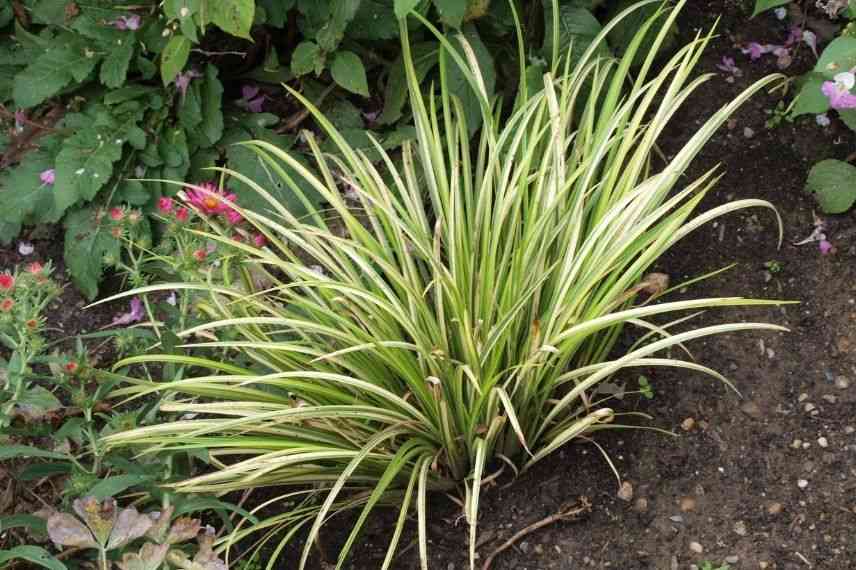
Acorus gramineus ‘Variegata’ (photo F.D. Richards)
Phalaris arundinacea (Reed canary grass)
Phalaris arundinacea is a large riverside grass with green, ribbon-like foliage, forming a spreading clump that can reach 2 metres when it produces its large, feathery silver to purple panicles from spring to summer. A hardy perennial, it is perfectly hardy and can even enter partial or total dormancy if the summer is very hot. By cutting it back mid-season, you encourage it to produce new foliage, which remains decorative as it dries, even during the winter season. Growing on powerful running roots, the ‘Bergère Ribbon’ can become invasive in suitable soil, so it needs to be kept under control. This drawback turns into an advantage if your goal is to stabilise banks, especially since this grass is known to improve soil quality. It also has purifying properties. Extremely hardy, it establishes in all soils, whether waterlogged or harder and compact, with a preference for neutral to slightly acidic ground that remains cool to moist, although it can surprisingly tolerate drought once established. There are also variegated varieties, such as Phalaris ‘Picta’ or ‘Cote de Nacre’, which are much smaller and suitable for container use.

Phalaris arundinacea ‘Picta’ (photo Koran)
Eriophorum angustifolium (common cotton grass)
Eriophorum angustifolium is a lovely perennial for cold climates, with unwavering hardiness. The light green, slender foliage forms a tuft about forty centimetres tall, which can take on reddish hues in cold weather. Eriophorum is indeed an evergreen plant, preventing the areas where you plant it from remaining bare in winter. From late spring to summer, numerous inflorescences emerge, rising above the foliage by about twenty centimetres. While they are rather inconspicuous, the fruits that follow are particularly decorative. Grouped in spikelets, they resemble small tufts of fluffy white cotton that beautifully catch the light for many months. The sight of the ‘Cotton Grass’ at this time is unforgettable, especially when planted in masses. It thrives in cold climates, in full sun, and in fresh, light, and strictly acidic soil. It grows in turf moors and marshes, even under 5 cm of water, and can also find its place among stones and gravel if the soil is sufficiently moist. Its unique fruits, like little tufts of bristle, are highly valued in dried bouquets.
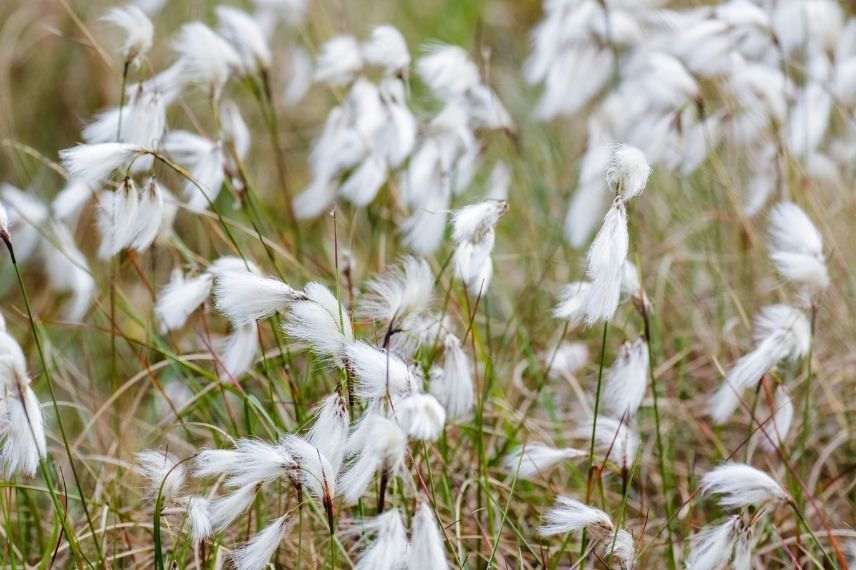
Eriophorum angustifolium
- Subscribe!
- Contents
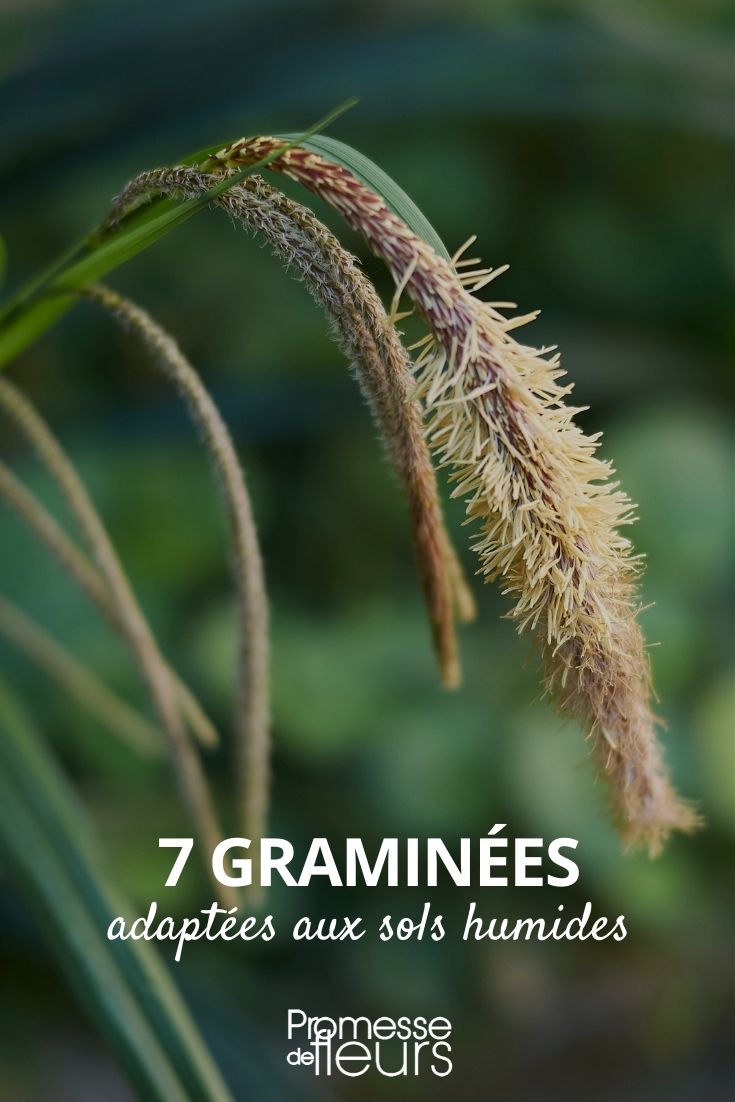
































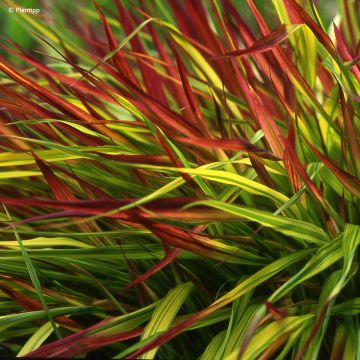
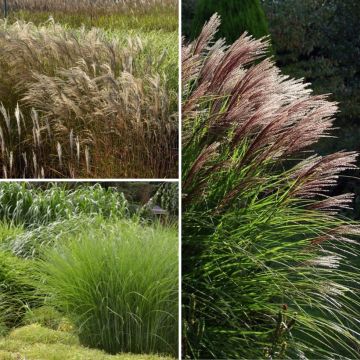
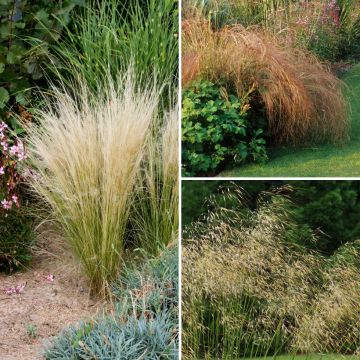
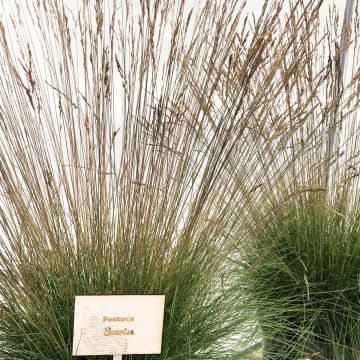
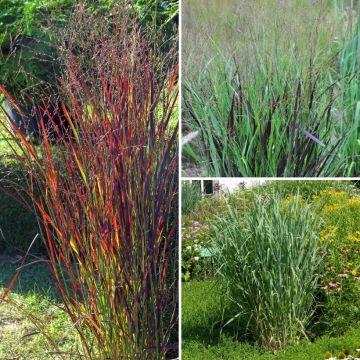
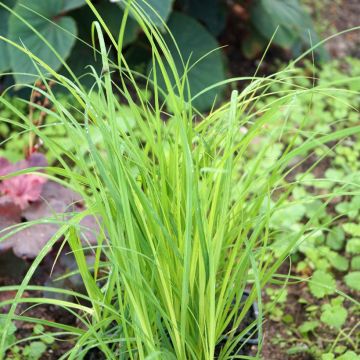

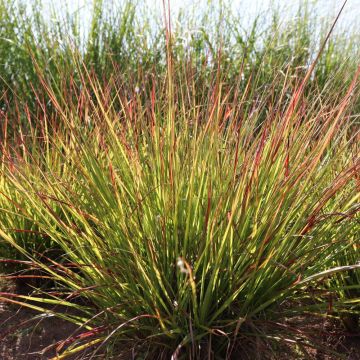
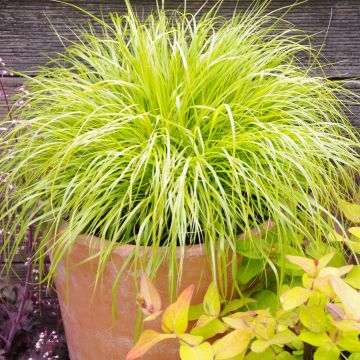
Comments